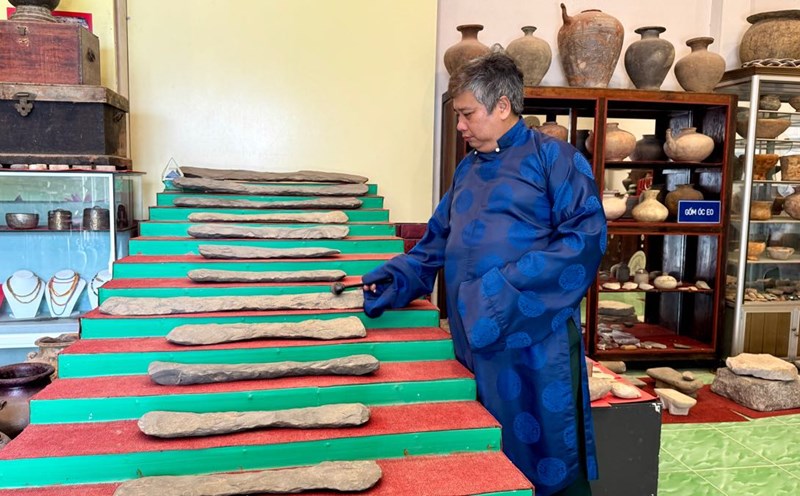On May 14, information from the Department of Culture, Sports and Tourism of Ha Giang province, the unit has just coordinated with the People's Committee of Bac Me district to organize a conference to report the preliminary results of the archaeological excavation at Ba Tu pagoda, Yen Phu town.
Ba Tu Pagoda is located on a high hill, three sides adjacent to the Gam River, with favorable terrain for the construction of Buddhist works. The pagoda's foundation is about 2,720m2 wide, divided into 5 architectural levels.
The excavation on an area of 80m2 discovered 12,456 antiques, including ceramics, tiles, tower pieces, dragon statues, bells, ancient walls... dating from the Ly to Nguyen dynasties.
Notably, there are a large number of artifacts from the Tran and Le So periods, with many motifs of lotus flowers, leaves, and dragons typical of traditional Buddhist art.
Previously, the initial survey also recorded 173 artifacts, mainly during the Tran Dynasty. Researchers have determined that Ba Tu Pagoda was built in the 13th - 14th centuries, bearing the imprint of Buddhist architecture in the northern mountainous region during the Tran Dynasty.
Archaeologists assess the relic as having great historical, cultural and religious value, recommending the early establishment of a protection dossier and continuing to conduct in-depth research.











